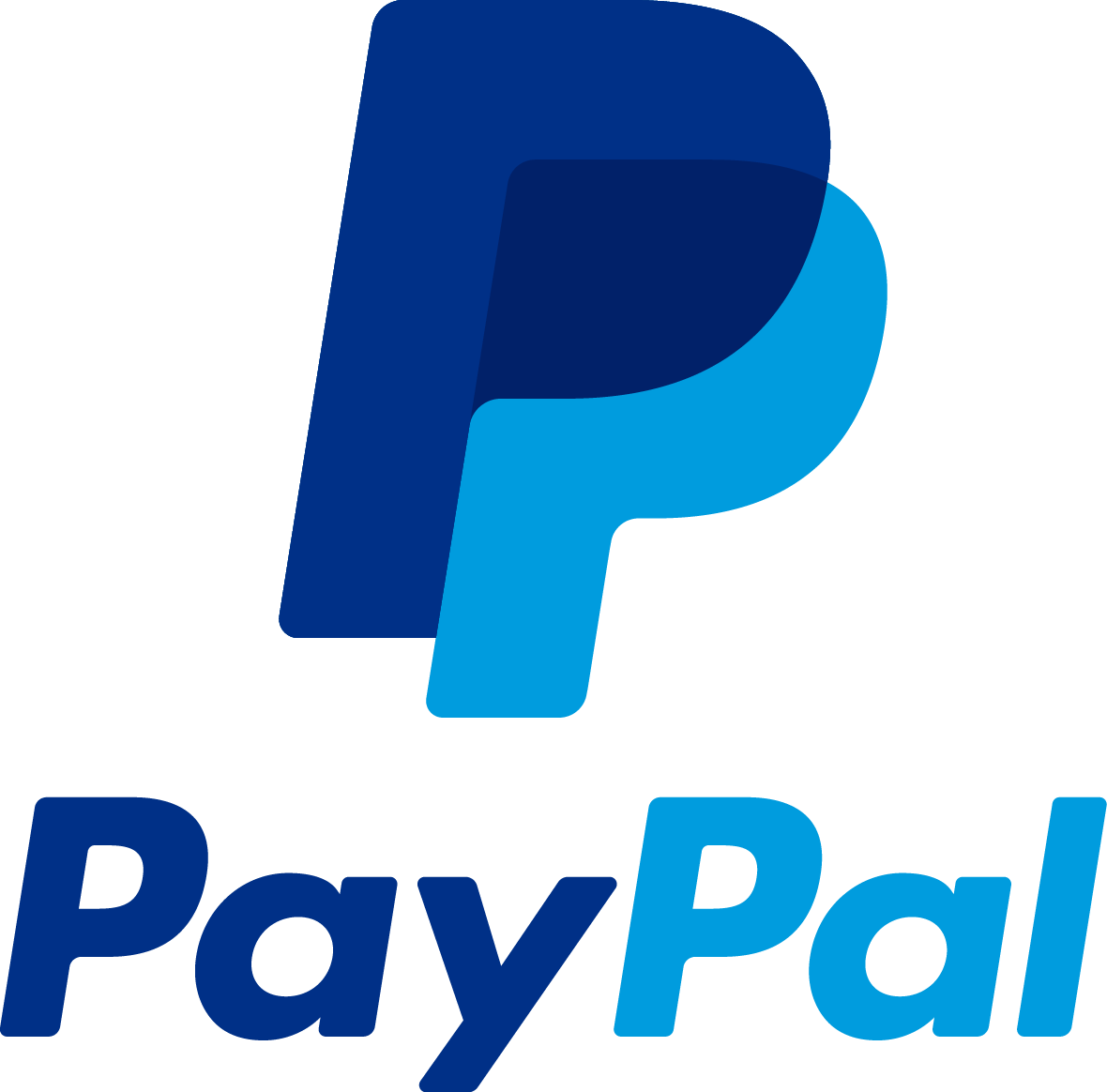Confessions of a ‘Kiva-holic’
Proud 'Kiva-holic' Not Ashamed To Open Up About Her Favorite Addiction

Nancy Somers is an investor, philanthropist and life coach who co-captains one of the top-lending teams on Kiva. Called A+, her team has loaned over $28 million to borrowers around the world as of the writing of this piece. Born and raised in Minneapolis, Nancy loves to travel. When asked about who she is and what she does on and off the microfinance platform Kiva, Somers explained with a guilt-free laugh, “Think of me as your basic friend, mother, sister, daughter, or woman. I’m also a self-proclaimed ‘Kiva-holic’.”
By Nancy Somers, as told to GOOD
My original exposure to Kiva was in 2007. It hit me three different times in a short period of time: The founders were on The Oprah Show, there was the book Half the Sky, and then Bill Clinton’s book Giving: How Each One of Us Can Change the World. In one of his chapters about ten different ways of making an impact as an individual, he talks about Kiva. But it wasn’t until March of 2008 that I actually visited the site. I didn’t know enough about it to be too discerning, so I just picked the loans that I liked. I gave two people $500 each.
The actual purchase of the loan was more of an impulse, but looking into what microfinance and the Kiva platform was took more time for me. By the time I made my first loans, I have just snowballed since then, big time.
From Impulse to Portfolio-Building
My first loan was to a shoe seller in the Dominican Republic. Interestingly, shoe loans tend not to be very popular. I don’t know why—people need shoes and we all love our shoes, don’t we? I’ve been on Kiva for about eight years and I tend to almost always loan the minimum $25 per borrower, but those first loans I didn’t really realize the risk factor of doing it that way. Luckily for me, both of my first loans paid back 100%. But it’s a learning curve: that first $500 loan to the shoe seller is not the same type of loan I would make today.
While it’s fun to have broad impact, microfinance is really more like a portfolio. Lenders should be spreading the risk out. I lend to different countries, different field partners, and different sectors so that if there were to be some kind of crisis in a certain part of the world—which there have been (Ebola, earthquakes, etc.)—I’ve learned that I don’t want to have all my eggs in one basket. Personally, I would be drawn to those borrowers after the event. I support people who are ‘rising from the ashes’ of catastrophe.
What’s unique about microlending is that the borrower then pays you back. You’re not making a donation to a charity, you’re lending to an individual entrepreneur who’s trying to build a business or somehow improve their life and it’s a real loan.
Kiva has a very broad reach given that they’re in over 80 countries. And it’s not limited to just a few parts of the world like some other nonprofits are. There’s never a shortage of loans to choose from. I follow certain criteria for choosing who I lend to. It’s according to risk. I tend to like job creators, loans for durable assets, and loans for health and sanitation, so I’ll grab those first. And I like women-owned businesses. If you’re someone like me who’s making a loan, getting paid back, and lending it out again, you’re recycling the money continuously and essentially lowering the risks.
By the time I made my first loans, I have just snowballed since then, big time.Lending in Numbers
I’ve been one of the co-captains of the A+ team, the number one all-time lending team Kiva, for six years.
One of the things I’ve learned is that people lend more when they belong to a team because it really becomes a community where we can share our knowledge and interesting loans with each other on our Kiva message board. We’re continually trying to find ways to engage our team to make loans. We like to make a big splash: We’ve loaned more than $28 million dollars on Kiva.
[Kiva] makes me feel like I’ve done something good in the world today.If you’re ready to dip your toe in, here are a few steps to get you started:
-
Join a team. The Welcome to Kiva team is a good place to start, which I also co-captain.
-
Ask questions because there are tons of people that will help you.
-
Make loans to start off with from a “convenience store.” It stays stocked with loans that are relatively safe with shorter term so that a new lender gets the money back quickly. The shorter the term, the faster you can get your money.
We laughingly call ourselves ‘Kiva-holics’. It really is something that I do every day: I check in every day on the Kiva website and I make loans every day. It makes me feel like I’ve done something good in the world today. It’s why I keep coming back for more. It’s very addictive. The warning is out!
This article is part of our series celebrating 10 years of collaboration between PayPal and Kiva. Help kick off the next decade of impact. Make a loan today at Kiva.org and the first 10,000 lenders through 10/10/16 will receive a $25 Kiva credit, provided by PayPal, to lend again. Terms and conditions apply.

